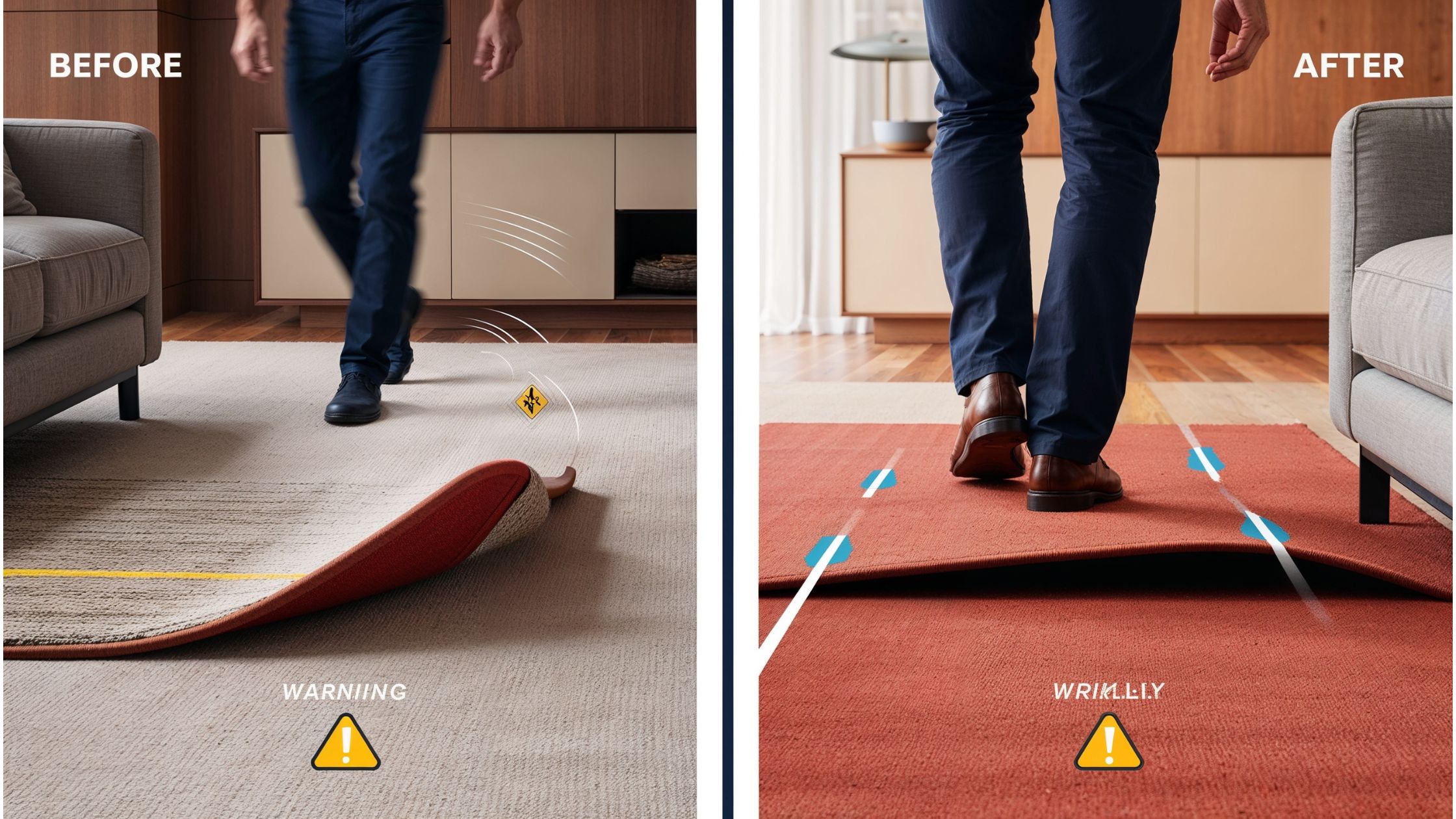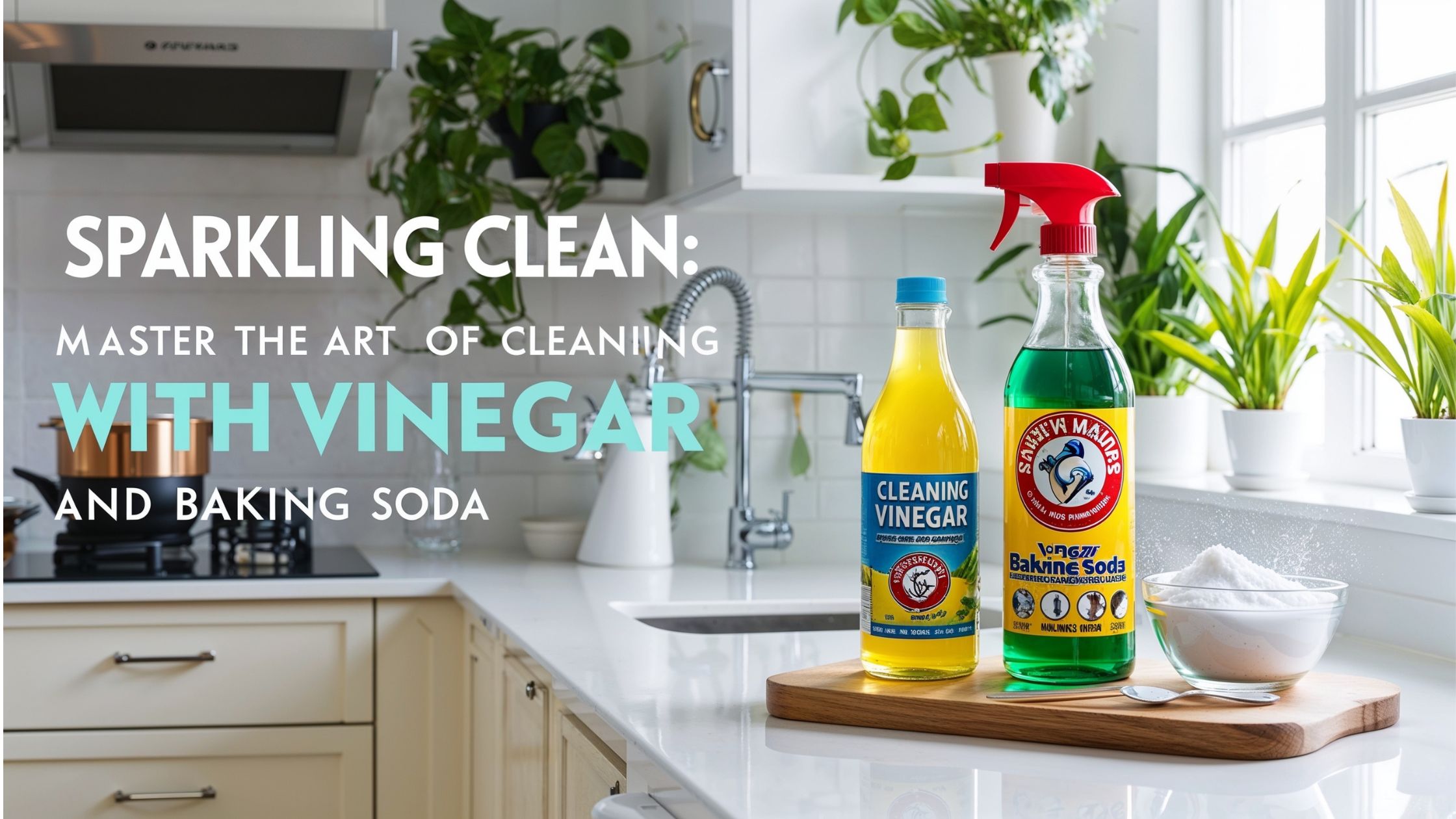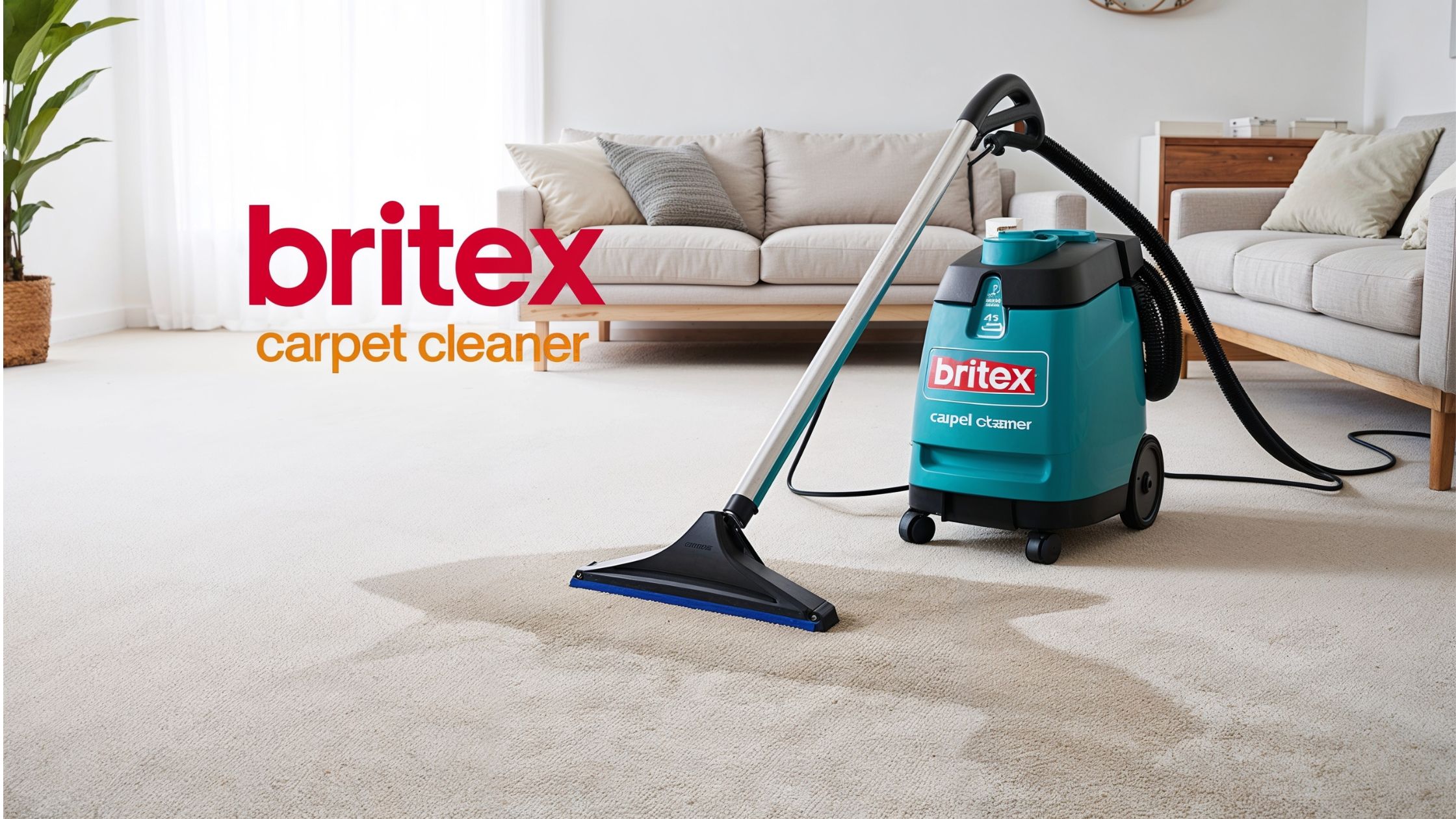Table of Contents
Introduction
Upholstery cleaning is an important aspect of home renovation that is regularly left out. Regular cleaning no longer enhances the arrival of your fixtures; however, it contributes extensively to your fitness and proper well-being. In this blog, we can discover the definition of upholstery cleansing, its importance, the various kinds of upholstery fabric, common problems, effective cleaning methods, and preventative upkeep recommendations.
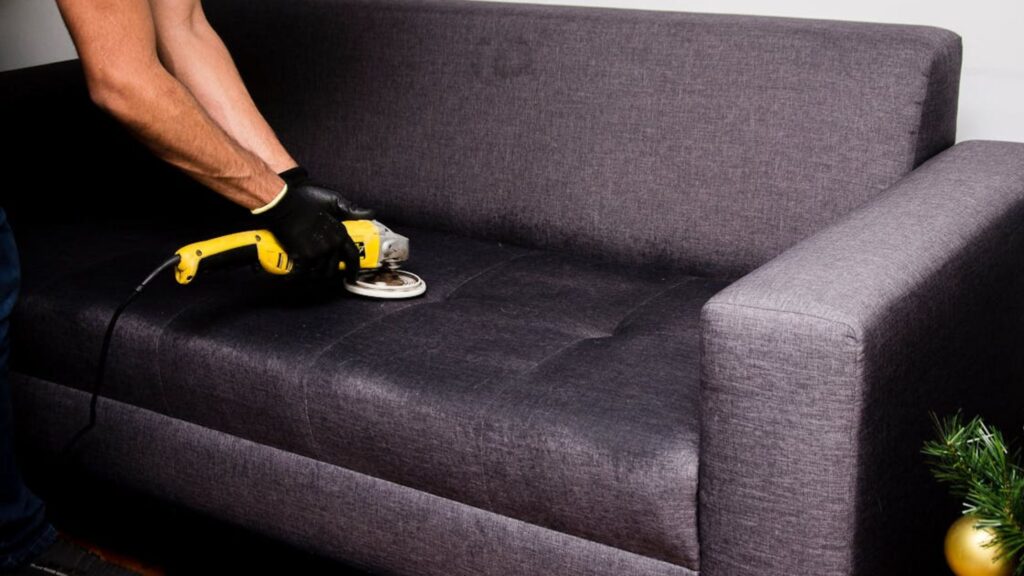
What is Upholstery Cleaning?
Definition and Importance
Upholstery cleansing refers to putting off dirt, dust, stains, and allergens from the cloth and padding of furnishings items like sofas, chairs, and ottomans. This cleaning is vital for maintaining the classy enchantment of furnishings and enhancing indoor air quality. Research suggests that unclean upholstery can harbor as many as a hundred 000 allergens in a rectangular inch, substantially affecting air quality and health.
Why Upholstery Cleaning is Essential for Your Home
Health Benefits: Regular cleansing reduces allergens, dust mites, and bacteria, creating a healthier domestic environment.
Aesthetic Benefits: Clean upholstery enhances the overall appearance of your living area, making it more inviting.
Prolonging Furniture Life: Regular protection can amplify the life of your fixtures by preventing wear and tear caused by accrued dirt and stains.
Understanding Upholstery Fabrics
Types of Upholstery Fabrics
Natural Fibers: These include cotton, linen, wool, and silk. These fabrics are breathable but may be more prone to stains and fading.
Synthetic Fibers: such as polyester, nylon, and acrylic, are often more durable and resistant to stains.
Blended Fabrics: An aggregate of herbal and synthetic fibers, offering a balance of consolation and durability.
How to Identify Your Upholstery Fabric
Fabric Tags: Most upholstered furniture comes with a tag indicating the form of fabric and cleaning codes.
Testing Methods: Conduct a water or solvent check in an obscure location to determine the fabric’s reaction to distinct cleaning solutions.
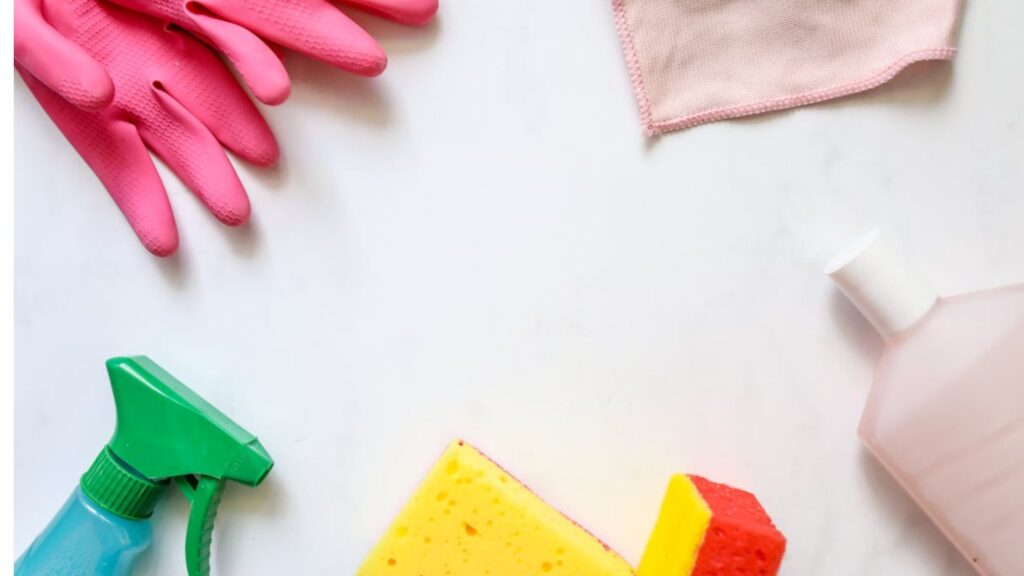
Common Upholstery Issues
Common Stains and How to Treat Them
Food and Beverage Stains: Blot straight away with an easy fabric and use a slight detergent answer.
Pet Stains: Use enzymatic cleaners to interrupt down pet urine and odors.
Ink and Dye Stains: Apply rubbing alcohol on the blot stain gently.
Dealing with Odors in Upholstery
Common Sources of Odors: Food spills, pet accidents, and sweat can lead to unpleasant smells.
Effective Deodorizing Methods: Use baking soda or specialized upholstery deodorizing sprays to absorb odors.
Upholstery Cleaning Methods
DIY vs. Professional Upholstery Cleaning
DIY: Cost-effective and handy; however, it might also lack effectiveness and threaten fabric damage.
Professional: Offers deep cleansing with a specialized system, ensuring thorough remedy of stains and allergens.
When to Call a Professional: If managing sensitive fabric or massive stains, or if you lack the time or resources for powerful cleaning.
Dry Cleaning Upholstery
Process and Benefits: This method involves using chemical solvents to clean upholstery without water, which is best for sensitive fabrics.
Suitable Fabrics for Dry Cleaning: Silk, wool, and fabric with an “S” cleaning code.
Steam Cleaning Upholstery
Process and Benefits: It uses warm water vapor to penetrate cloth fibers, correctly eliminating dirt and allergens.
Suitable Fabrics for Steam Cleaning: Most are artificial, and some are natural fabric, but constantly take a look at the material tag first.
Vacuuming Upholstery
Techniques and Tips: Regularly use an upholstery attachment and vacuum to prevent dirt buildup.
Best Vacuum Cleaners for Upholstery: Look for models with sturdy suction and specialized attachments.
Specialized Cleaning Techniques
Spot Cleaning Upholstery: Use appropriate cleansing solutions for unique stains.
Effective Spot Cleaning Products: Look for enzyme-based cleaners for organic stains and solvent-primarily based cleaners for ink.
Step-through-Step Spot Cleaning Guide:
- Blot the stain with an easy fabric.
- Apply the cleansing solution and blot once more.
- Rinse with water and blot dry.
Deep Cleaning Upholstery
When and How to Deep Clean: Recommended every 6-twelve months or when stains emerge as persistent.
Recommended Deep Cleaning Solutions: Use expert-grade cleaners or self-made solutions with vinegar and water.
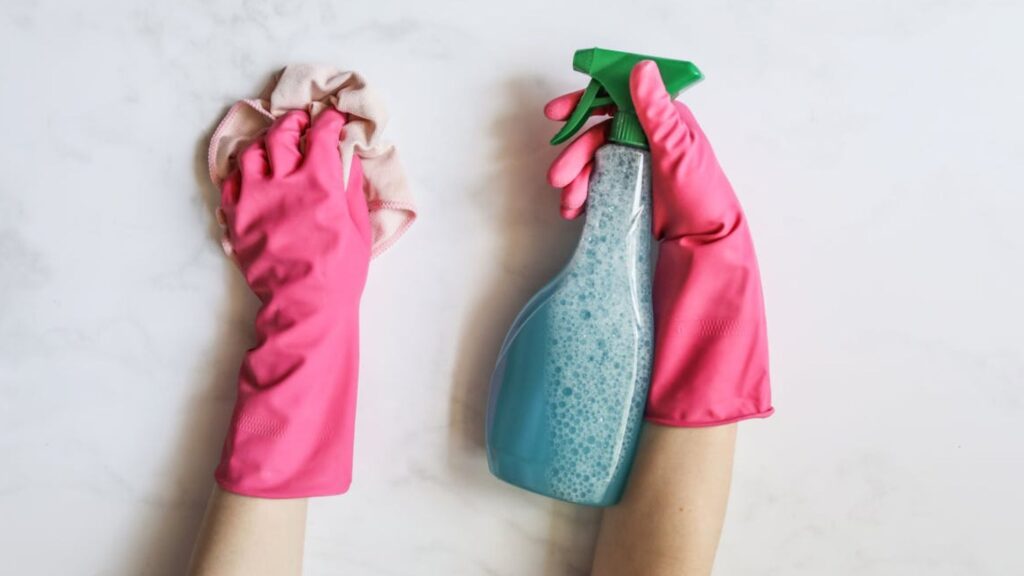
Upholstery Cleaning Products
Top Upholstery Cleaning Products on the Market
Reviews and Recommendations: Look for products with excessive rankings for effectiveness and protection.
Natural and Homemade Upholstery Cleaners
Safe and Effective DIY Recipes: Combine vinegar, water, and a few drops of dish cleaning soap for a mild cleaner.
Preventative Maintenance for Upholstery
Tips for Preventing Stains and Damage
Protective Treatments: Apply cloth protectors to repel stains and spills.
Regular Maintenance Tips: Vacuum frequently and attend to spills without delay.
How to Protect Upholstery from Pets
Pet-Friendly Fabrics: Choose durable and stain-resistant fabric like microfiber.
Preventing Pet-Related Damage: Use throws or covers to guard fixtures from fur and scratches.
Upholstery Cleaning and Health
Allergies and Upholstery Cleaning
How Upholstery Cleaning Reduces Allergens: Regular cleansing removes dirt mites, pet dander, and pollen.
Upholstery Cleaning and Indoor Air Quality
Impact on Air Quality: Clean upholstery contributes to higher indoor air quality by decreasing airborne allergens.
Best Practices for Improving Air Quality: Regular cleaning, the use of air purifiers, and maintaining humidity stages.
FAQs
How Often Should I Clean My Upholstery?
Ideally, every 6-one years, depending on utilization and presence of allergens.
Can All Fabrics Be Steam Cleaned?
No, always test material care labels for cleaning instructions.
What is the Best Way to Remove Pet Hair from Upholstery?
Use a lint curler or rubber gloves to effortlessly carry pet hair.
Are Professional Upholstery Cleaners Worth It?
Yes, they offer thorough cleansing and can extend the lifestyles of your furnishings.
How Can I Make My Upholstery Last Longer?
Regular cleaning, using material protectors, and avoiding direct sunlight can help.
Conclusion
Summary and Final Tips for Upholstery Cleaning
Keeping your upholstery smooth is vital for preserving a healthful and aesthetically appealing home. Regular cleaning not only enhances the lifespan of your fixtures but also contributes to your indoor air quality.
Recap of Key Points
Regular upholstery cleaning is crucial for health, aesthetics, and prolonging fixtures’ existence.
Understanding distinctive fabric and their care requirements is important.
Effective cleaning strategies, each DIY and professional, can deal with common upholstery problems.
Preventative protection is key to protecting your furniture funding.
By incorporating those practices into your routine, you could ensure that your upholstered furniture stays clean, fresh, and inviting for years.

